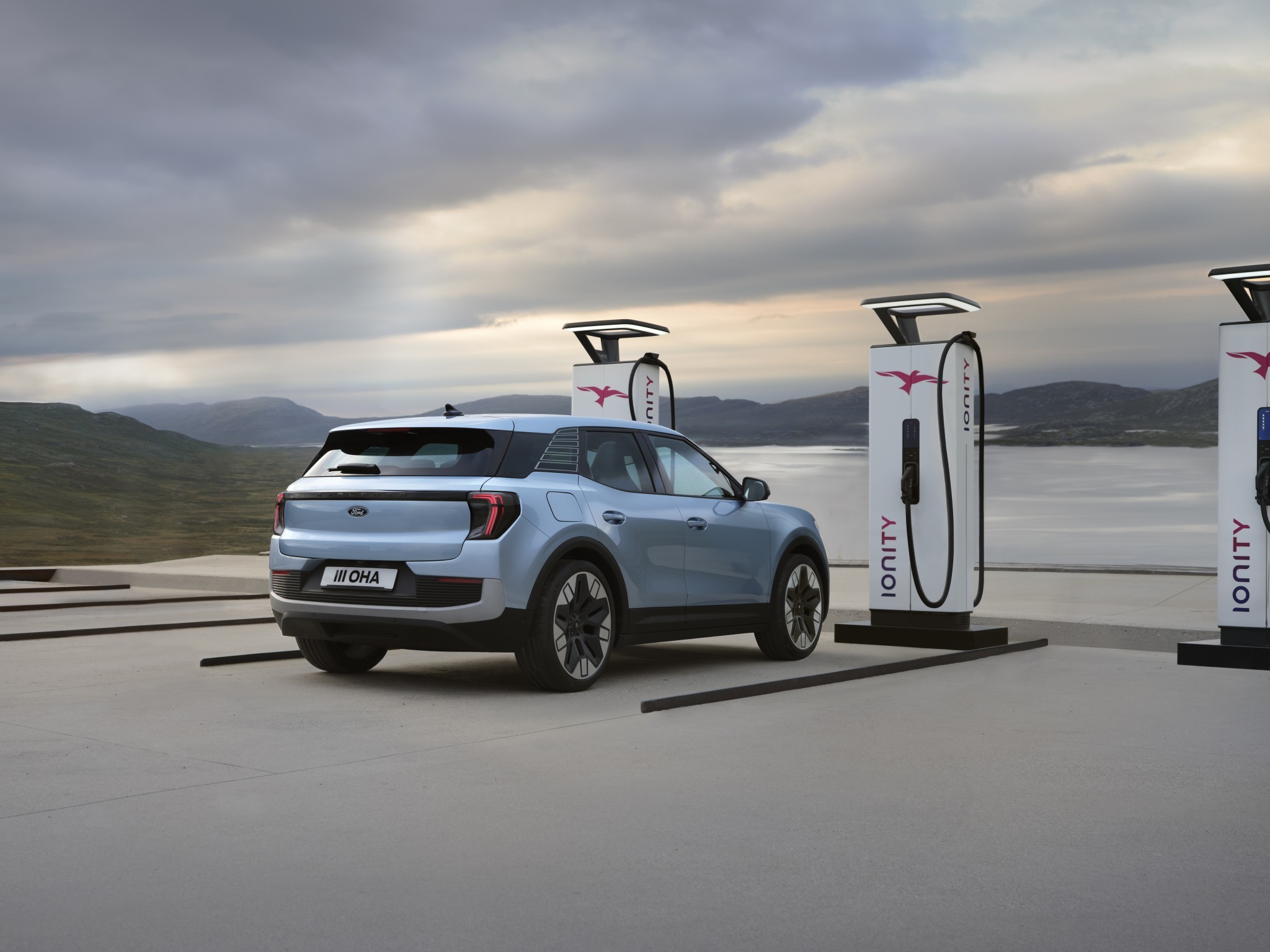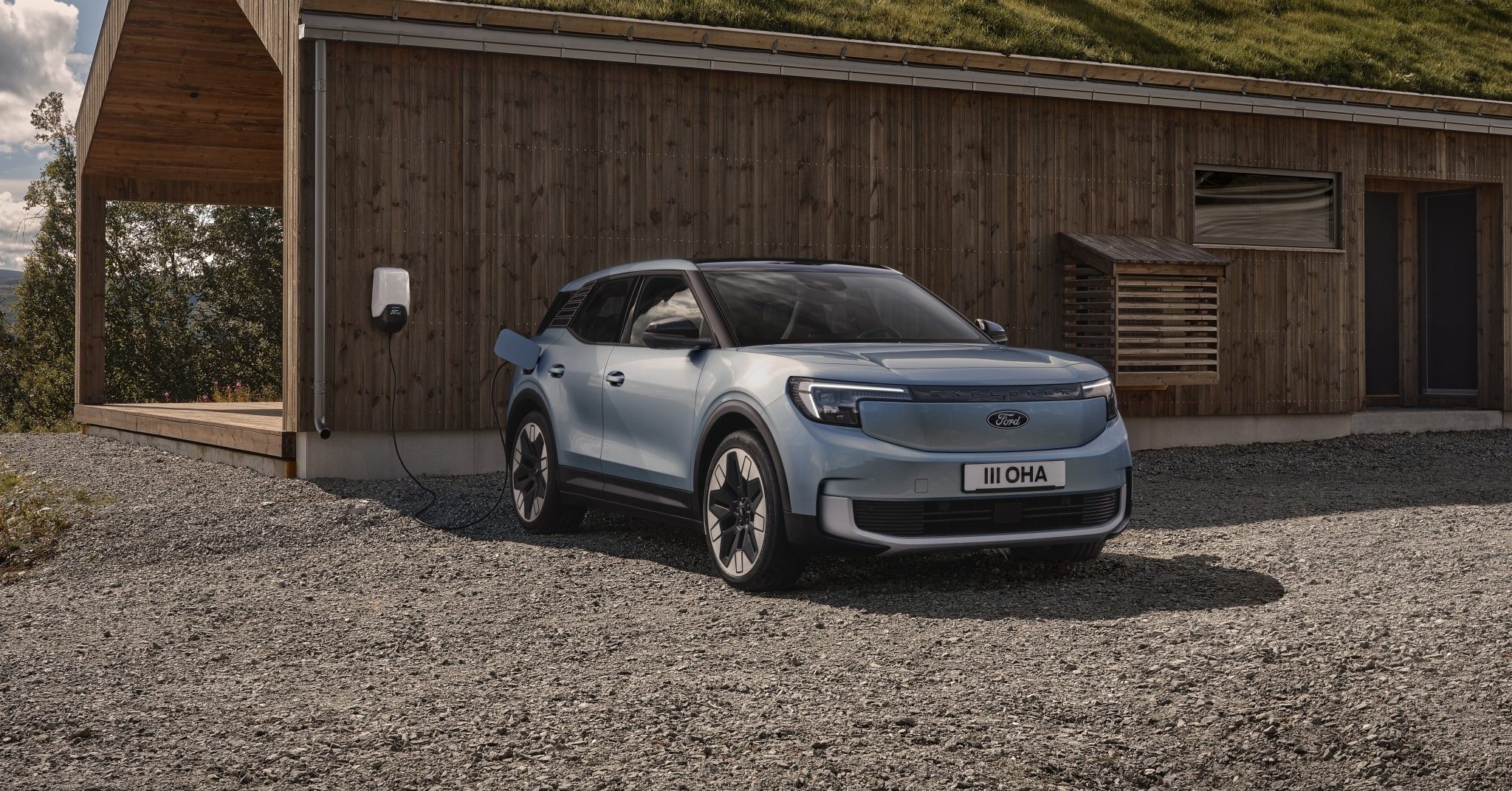In February 2021, Ford of Europe announced ambitious plans to transition its entire passenger vehicle lineup to fully electric by 2030 in the EU and the UK. However, just over three years later, the company has reversed course on this commitment.
According to Martin Sander, head of Ford’s passenger car business in Europe, the demand for battery-electric vehicles (BEVs) in the region has not met initial expectations. Consequently, Ford has adjusted its strategy to focus on electrified combustion vehicles as a transitional step towards achieving 100% electric vehicles.

One example of this strategy is the introduction of the Kuga Plug-In Hybrid, Ford of Europe’s hybrid offering, alongside the mild-hybrid Puma, catering to varying consumer preferences. Additionally, to comply with ZEV (zero-emission vehicle) mandates in the UK, Ford plans to limit sales of combustion-only vehicles.
While specific plans for Ford’s Valencia plant in Spain remain undisclosed, Sander hinted at a potential electrified vehicle based on consumer demand. Meanwhile, production of electric and hybrid vehicles continues at Ford’s Cologne plant in Germany, with models like the Ford Explorer EV and the upcoming Puma Gen-E.
Despite the shift in strategy, Ford of Europe remains committed to offering a diverse range of electrified vehicles, including the E-Transit and Mustang Mach-E. The company acknowledges the evolving world of electric mobility and aims to provide customers with innovative solutions that meet their needs and preferences.

